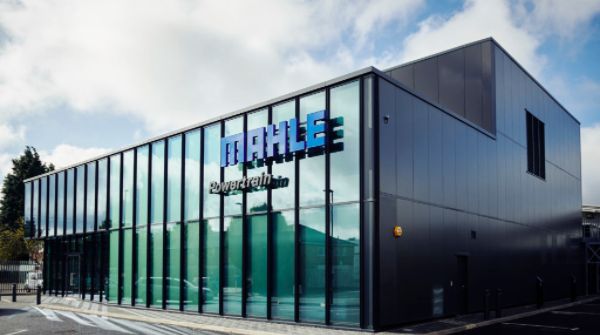Mahle Powertrain has introduced a new end-to-end test and development process, designed to help OEMs produce an optimal powertrain configuration.
The process is broken down into five key stages: steady-state powertrain testing; transient powertrain testing; four-wheel-drive dyno testing; and on-road RDE testing – all of which are linked via vehicle simulation.
“Mahle’s approach demonstrates that accurate simulation of RDE drive cycles early in the development process is fundamental to ensuring time- and cost-effective emissions compliance across all specified RDE conditions,” said Simon Williams, Mahle Powertrain’s principal calibration engineer.
The initial simulation phase involves an early assessment of RDE boundary conditions based on three key factors: vehicle performance, driving style, and test route characteristics. Mahle then applies advanced analysis techniques to generate a test program.
Steady-state powertrain testing represents the initial testing of prototype powertrain hardware and is conducted on a steady-state dyno where loads and speeds are held at constant values.
Utilizing advanced DoE tools and automated testbed running, Mahle is able to develop optimized base engine mapping that achieves performance and emissions targets. These models can then be fed back into the RDE vehicle simulation to increase model accuracy and to assess powertrain RDE performance without the need for physical hardware.
As the powertrain hardware reaches a higher level of maturity, the development advances to the transient testing phase. At this point, complete drive cycles are simulated according to specific territory regulations and precise recording of emissions.
Further correlation of the analysis model is conducted at this stage to achieve a robust representation of powertrain system performance during real-world driving conditions. RDE development process moves into a crucial phase once installed within a vehicle.
At the final stage, certified real-world drives are carried out on certified routes. The test vehicle is fitted with a portable emissions measurement system. As previous tests in the RDE Centre’s climatic chamber have already shown that the vehicle and powertrain systems have the capability to achieve emissions compliance, on-road testing provides the final proof.


